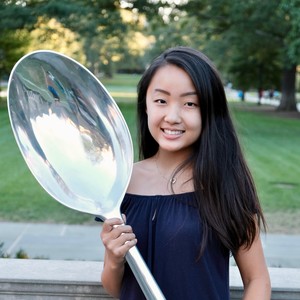Every fall, people begin to pick pumpkins and start decorating for Halloween. However, what truly makes these root grown vegetables different? I mean, after all, can’t we eat them both? Look no further, the ultimate showdown of the season is about to get underway: in the ring is pumpkins vs squash! There are a few key differences you should know before you stock up on these winter staples.

Well, there isn’t a true scientific, distinguishable difference between these autumns gourds, a lot of what determines whether people call these fruits squash or pumpkins is the purpose they are used for.
Squash and pumpkins belong to the same biological genus: Cucurbita. The genus Cucurbita can be split into three subspecies: moschata, pepo, maxima. These species have traits that are species specific. For instance:
– C. moschata grows in warmer climates.
– C.pepo is the oldest domesticated species of squash and pumpkin.
– C. maxima has higher levels of calcium.
But despite these distinct subspecies, there is no clear specific genetic species that only pumpkins or only squash fall into. Some squash are categorized with pumpkins and vice versa. The categorization is more mixed as some squash have more similarities with pumpkins than with other squash and are therefore placed into a species that contain both squash and pumpkin.
As for usage differences, squash is generally used as a cooking ingredient more often than pumpkins. However, pumpkin is also used in cooking, specifically in desserts like pumpkin pie and pumpkin muffins. Unlike squash, however, pumpkins are the choice of fruit to carve.
Check out this infographic to see what the distinctions are between squash and pumpkins:

In the end, there really isn’t any discernible distinction between the two. It basically comes down to vernacular and personal preference!


